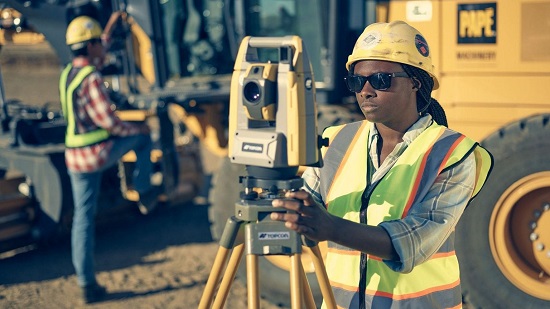 Saturday, April 20, 2024
Saturday, April 20, 2024  Saturday, April 20, 2024
Saturday, April 20, 2024 
The release of the Biden Administration’s American Jobs Plan is promising news for the infrastructure construction sector in the U.S. The plan, which involves fixing bridges and highways, upgrading transit facilities, and rebuilding our water infrastructure and electric grid, will increase demand for infrastructure construction. If passed, the legislation will open up massive opportunities for construction firms.
As Michelle Meisels, Deloitte’s engineering and construction practice leader, told Construction Dive, “Infrastructure and public utility projects could possibly see a sharp rebound… If the administration comes through and directs funds toward that, you’d see projects that are driven by this government spending.”
Such projects are long overdue. Many of the infrastructure initiatives in the country were kicked off during the 1930s and 1940s, and the United States has come a long way since then. Our infrastructure could certainly use an upgrade, and the good news is the country seems to be heading in that direction.
In order to capitalize on the upcoming infrastructure demand, construction companies must move quickly and innovate like never before. Taking the necessary steps to improve your tools and processes today will allow you to put yourself in the best position to win when these projects come along.
To shed light on how to accomplish this, here’s a roundup of the top innovations in infrastructure construction. These are the tools and technologies making waves today, and they will undoubtedly be influential in the future.
Connected construction, which Deloitte describes as “An ecosystem of connected job sites, machines, and workers,” is transforming infrastructure projects in several ways.
To begin with, connected construction keeps teams and workflows integrated, which results in streamlined processes and higher productivity. Thanks to modern construction technology, firms can plan and execute on projects in a more efficient and cost-effective way, leading to better outcomes and higher margins.
Connected construction tools also give companies tremendous amounts of data and insights to inform the designs of future buildings and infrastructure projects. The information can also be used to plan large-scale citywide projects.
Aurigo is an excellent example of a tool that powers connected construction. Aurigo helps public sector agencies and facility owners plan, deliver, and maintain their projects through the use of AI and machine learning. The company’s flagship software, Aurigo Masterworks Cloud, is used to plan and deliver over $300 billion of capital projects.
Together with Autodesk, Aurigo helps provide an end-to-end digital construction lifecycle solution for users. Aurigo Masterworks Cloud integrates with Autodesk Construction Cloud Connect (ACC Connect) so that owners can view designs in Masterworks while managing other project components within Autodesk Construction Cloud.
This integration between the two platforms keeps multiple project components and phases tightly connected, promoting higher efficiency within infrastructure projects.
Keep reading this blog on constructionblog.autodesk.com